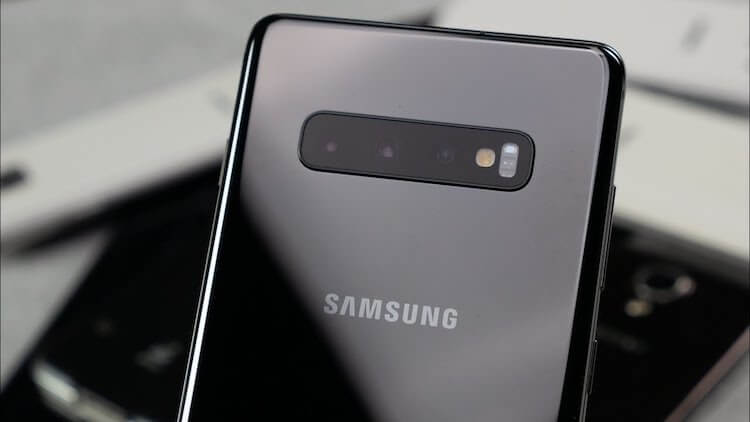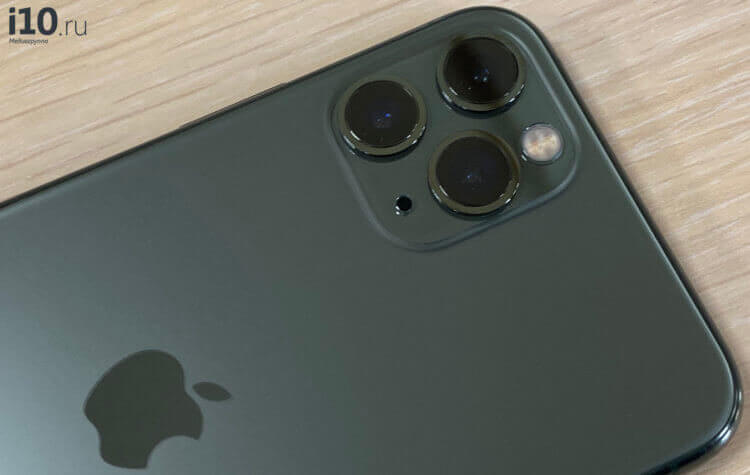When buying a smartphone, many users look not only at how much RAM or points it has in Antutu, but also at how much it will cost in 2-3 years, when the time comes to sell it and buy a new one. With this approach, you can save not even a couple of thousand, but a couple of tens of thousands of rubles. However, such numbers are rather the exception than the rule. To be honest, I didn’t pay much attention to such changes in value before, but the other day I thought about it and, comparing the facts, came to certain conclusions. Some of them will be too obvious, and some will save our readers time and money.

Used smartphones have always been in demand. But they are not ready to pay a lot for them.
Researching the cost of smartphones
In parallel with my speculations on the cost and relevance of used smartphones, I found one study from a site that compares the cost of smartphones in the United States. In the beginning I will give her data, and then my observations and an explanation of what is happening. However, running ahead, I will say that the percentage of the cost in the secondary market (relative to a new phone) is approximately the same in both countries.
How much phones are losing value in a year or two
The study, which was carried out by smartphone cost comparison site SellCell, examined the cost of various devices Android in a new state. He also compared the results with devices iPhone to determine which phones would best hold their resale value.
The Samsung Galaxy S10 is one of those devices to look out for. The 128GB version of this device will cost $ 371 in the US. It was originally priced at $ 899 and has lost $ 528 since its release in March 2019. This means that it fell in price by 58.73%.

A cool smartphone, but right off the bat and half the price.
Another interesting device is the Google Pixel 4, which costs $ 341 in good condition and was priced at $ 799 when it was released. This means that it has depreciated $ 458, or 57.3%, since September 2019. On the one hand, the figure is similar to that for Samsung, but the pixel is half a year younger.
Which phones are getting cheaper slower – iPhone or Android?
One cannot but mention the cost iPhone, which also took part in the research. For example, we took the model iPhone Xs, which was released in September 2018 and cost $ 999 at the start of sales, and now dropped to $ 471 in the secondary market. The difference was $ 582 or 52.85%.
At that moment, I thought that something bothers me in such statistics and, perhaps, a smartphone, as a used car, immediately loses about 15-20 percent of its value, if you just take it out of the store, and then its price does not decrease so actively. I thought that this could explain such a small discrepancy in price, although there is almost a year difference between the given devices in release time.
My doubts were dispelled by additional statistics on the models, which are also given in the study. There she is:
- iPhone XS Max (64 GB) – cost $ 1099 in 2018, fell 56.8% to $ 475
- Samsung Galaxy S9 + (64 GB) – cost $ 840 in 2018, fell 75.6% to $ 205
- Google Pixel 3 XL (64 GB) cost $ 899 in 2018, fell 79.1% to $ 188
- Sony XZ2 Premium (64 GB) – cost $ 999 in 2018, dropped 87.2% to $ 127.6
- LG G7 ThinQ (64 GB) – cost $ 749 in 2018, dropped 89.7% to $ 77.
As you can see, the difference is big and even huge. Some smartphones in 2018 fell in price by half, while others – ten (!). A similar picture is observed with us, if you look at the price that is asked for Avito and other similar services. There is a slight softening, but the trend is very clear. For example, if you take the 2018 models, then iPhone loses about 45-50% of the value, Samsung, Huawei and Xiaomi about 60-70%, and LG and Sony up to 80-90%.

Smartphones from this manufacturer are simply a failure in terms of resale.
Why some phones are getting cheaper faster than others
If you think about which phones from the point of view of logic should lose in price the most, then you can come to one fact. This applies not only to communication equipment, but also to other used goods.
What loses most in price is either what nobody needs, or what is in bulk, and you can't get rid of it (like printers and TVs, which we bought in 2014, “so as not to lose money”)
Good phones have always been in price and will always have their fans. At the same time, iPhone itself does not age as much as phones on Android, and I already wrote about this, giving examples of its update cycles.

In a couple of years, this phone will be much easier to sell than any current Samsung, or even more so LG.
Android smartphones, in principle, are getting cheaper faster, but among them there are popular devices, and there are not so much. That is why Samsung, Huawei and Xiaomi lose less in price than others, but still lose. This is largely due to the pricing policy of manufacturers, who begin to reduce the price in a few months. Apple does not allow himself this. There are cases of price reductions, but only when resellers buy phones where it is cheaper than in Russia, and over time they simply start to reduce their profits. Itself Apple does not reduce prices.
As a result, we can say that if you need a smartphone that will lose the least in price, and it does not matter to you what operating system it will be on, then iPhone will definitely be your choice. If there is only Android for you, then it is better to look at models from top brands like Samsung, Huawei, Xiaomi and possibly OPPO. These devices lose in price less than others.
I do not want to add fuel to the fire at the end of the article, but from all that has been said, one conclusion can be made – iPhone is not so expensive. Yes, it costs more at the entrance than some (but not all) other smartphones, but it will also cost more to sell. You can even notice that if you update iPhone to a new one every couple of years, it will be cheaper than updating the flagships to Android. This is the arithmetic.
